
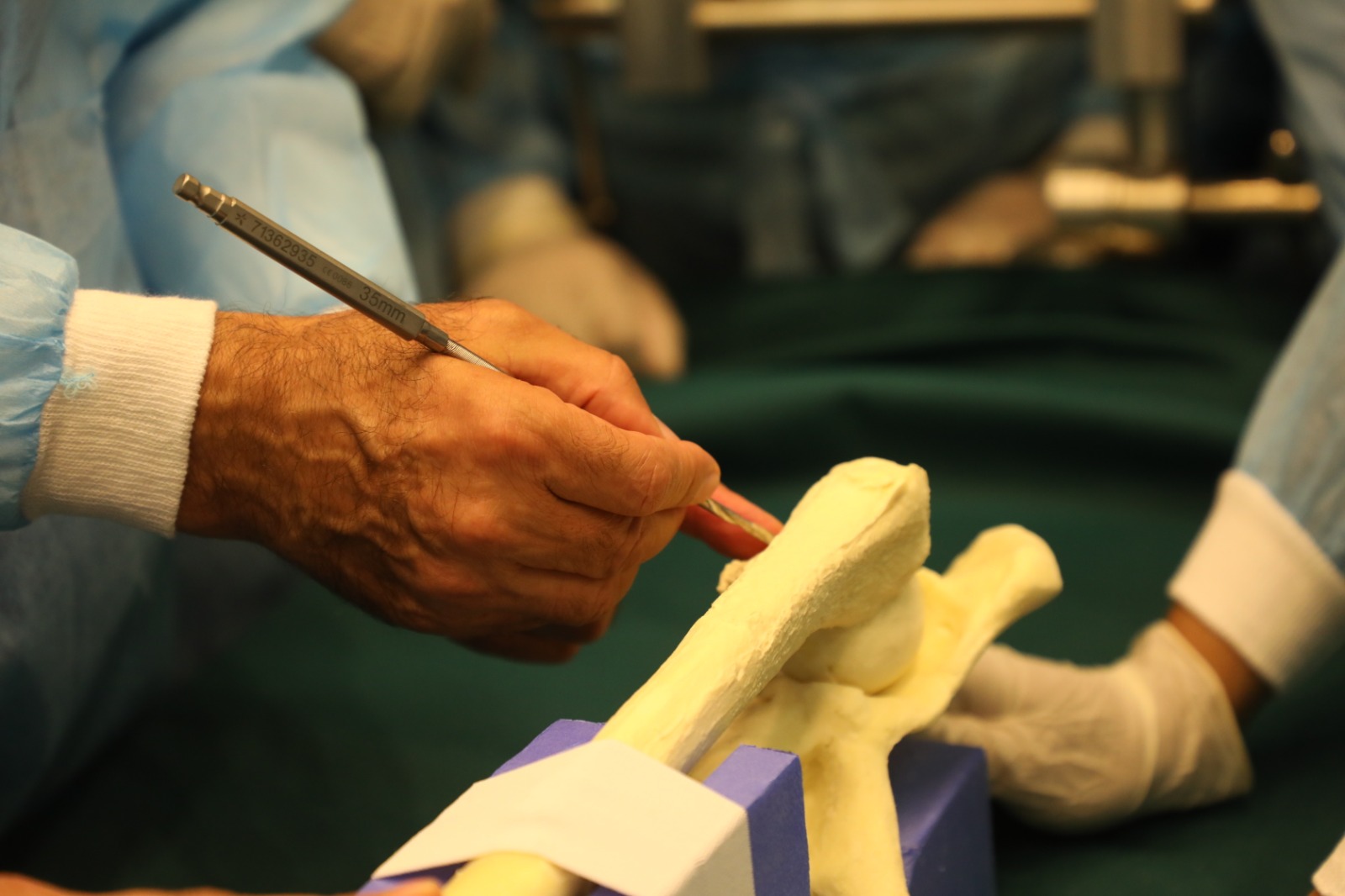

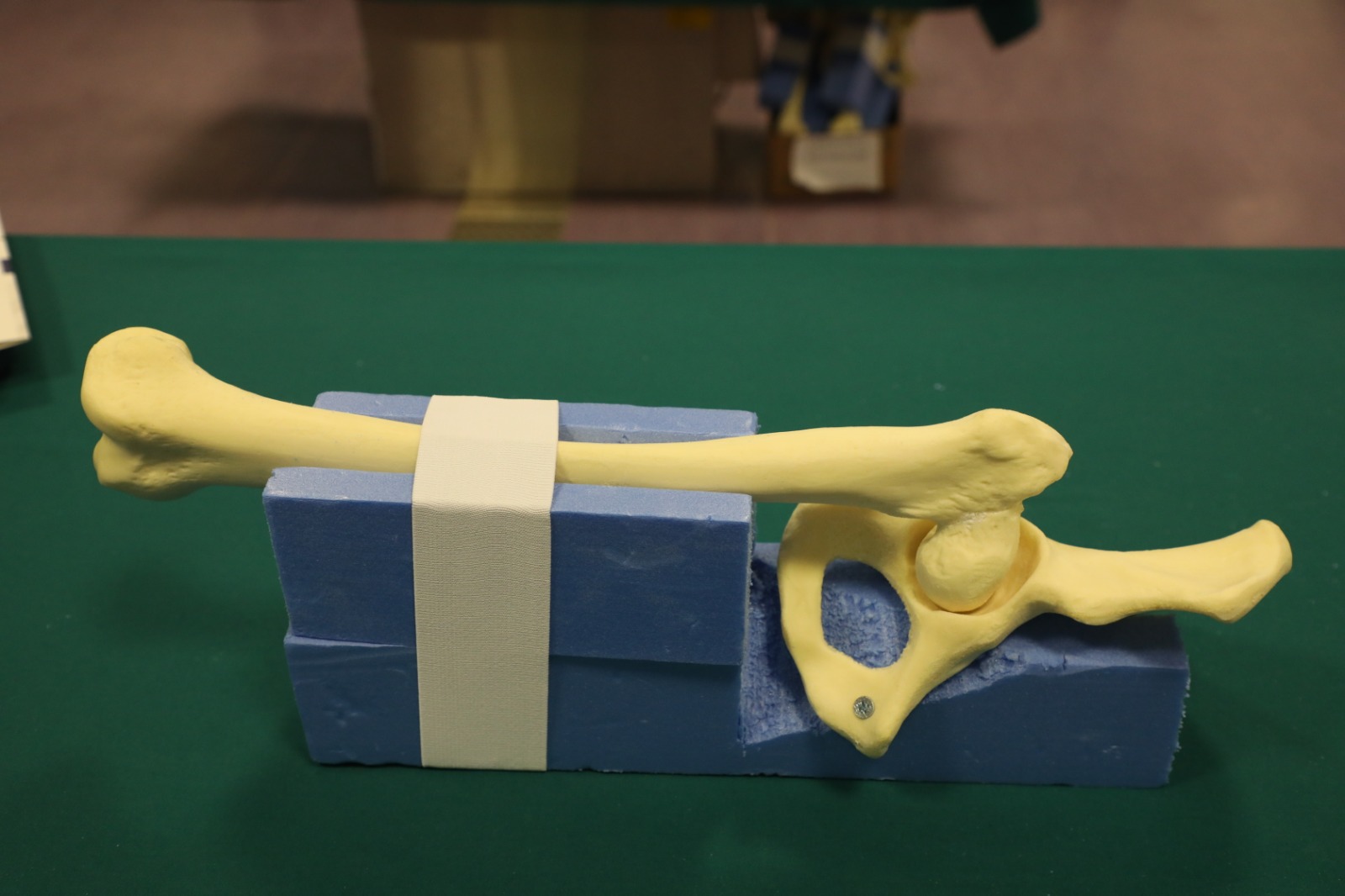
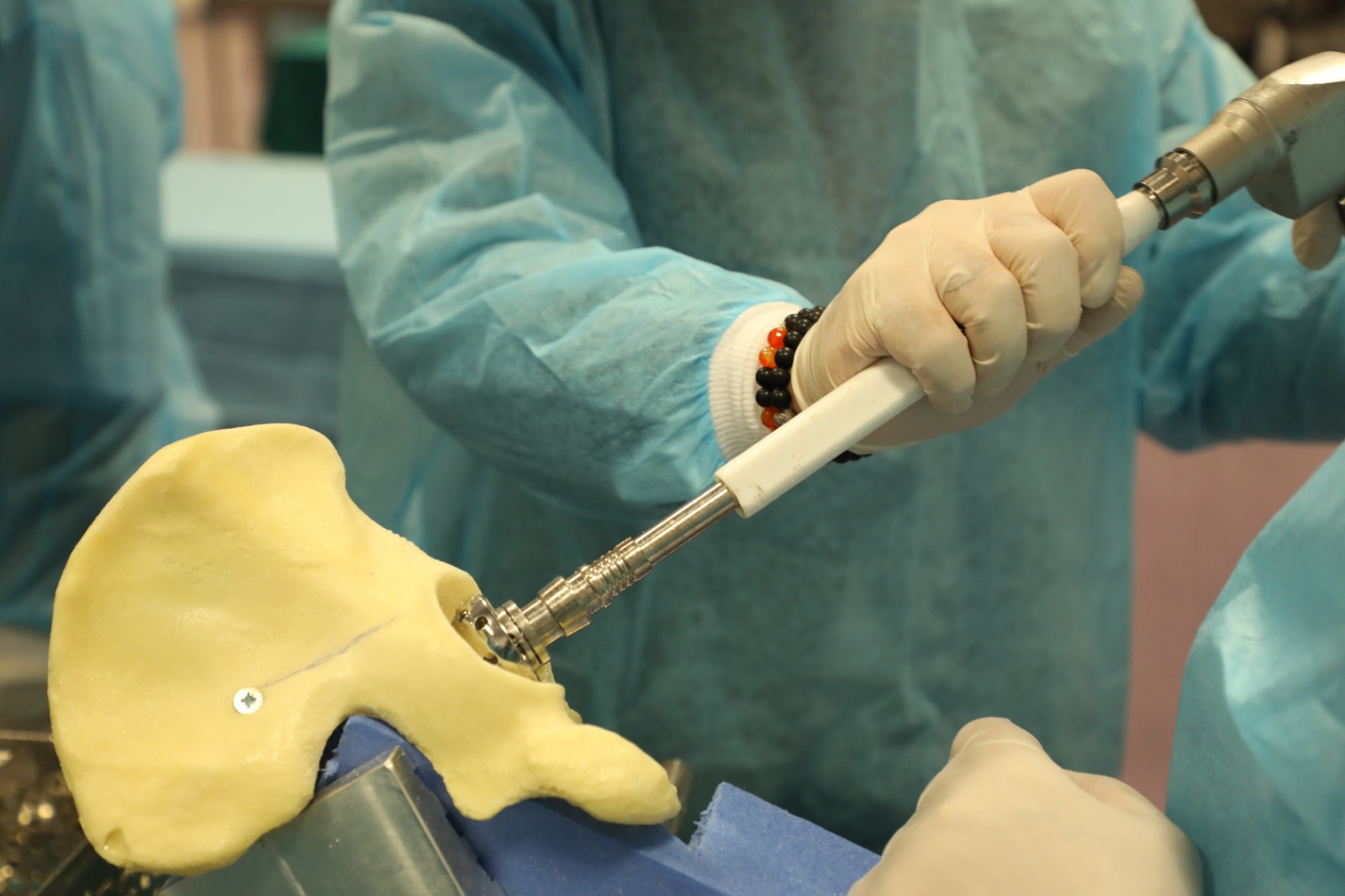

Bonymodels
The BonyModels® is specifically designed and composed for training surgical skill courses. The anatomical or pathological conditions are closely simulated. The BonyModels® products are not only include bone models but also joint models. The joint models have important soft tissue structures, primarily ligaments, to provide a basic stability for the models.
Bonymodels
The BonyModels® is specifically designed and composed for training surgical skill courses. The anatomical or pathological conditions are closely simulated. The BonyModels® products are not only include bone models but also joint models. The joint models have important soft tissue structures, primarily ligaments, to provide a basic stability for the models.
More Info
Lower Extremity
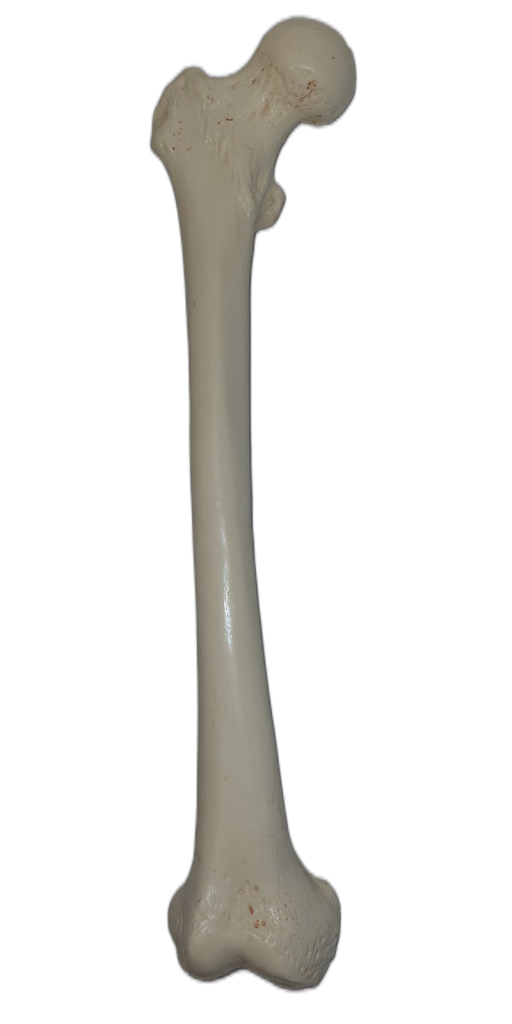
Femur
- Fine bony anatomical details
- No soft tissues
Composite model
- Cortical and cancellous layers
- Medullary canal exist
Biomechanically close to normal bone
Solid Foam
- Solid structure without anatomical layers
- Medullary canal exist
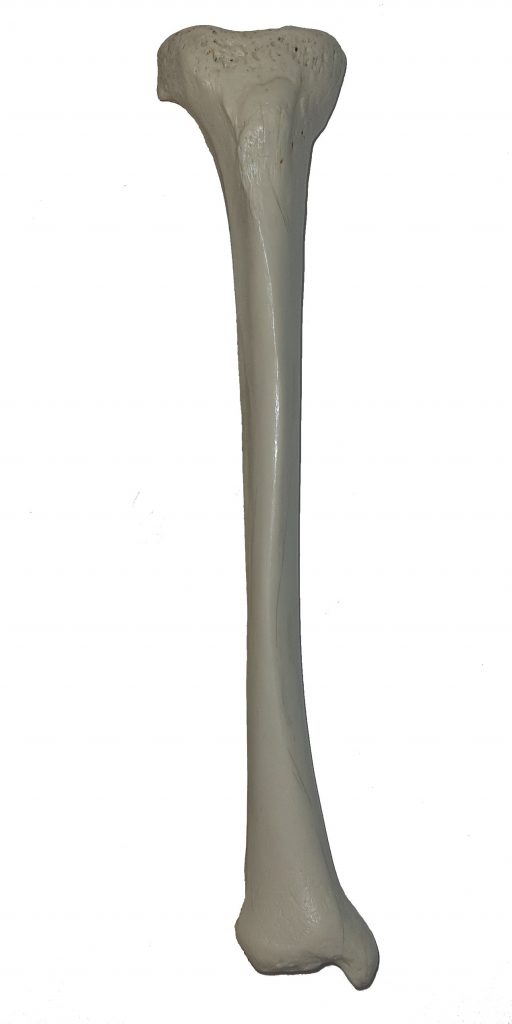
Tibia
- Fine bony anatomical details
- No soft tissues
Composite model
- Cortical and cancellous layers
- Medullary canal exist
Biomechanically close to normal bone
Solid Foam
- Solid structure without anatomical layers
- Medullary canal exist
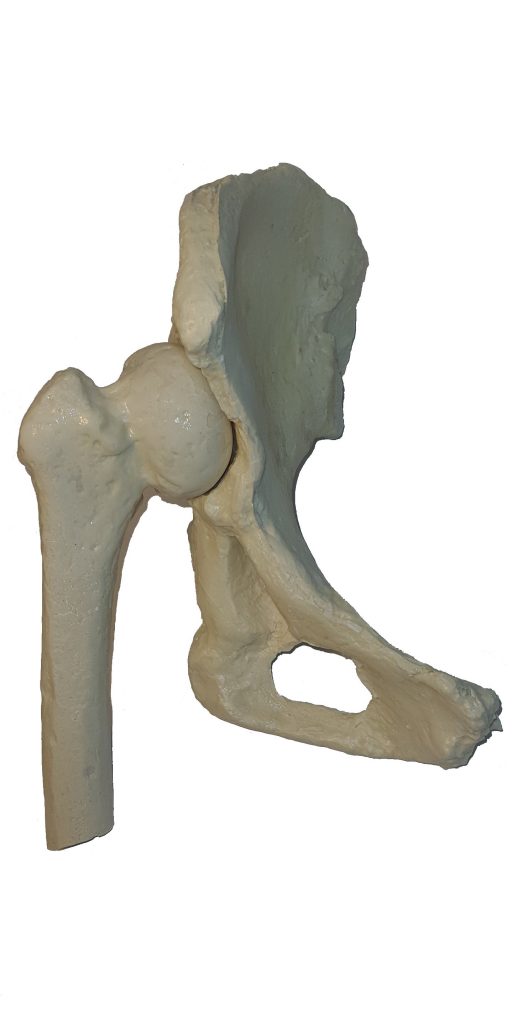
Displastic Hip Joint
- Pelvis & Proximal Femur
- Hartofilakidis type II
- Suitable for subtrochanteric osteotomy
- No soft tissues
Composite model
- Cortical and cancellous layers
- Medullary canal on femoral side
- Biomechanically close to normal bone
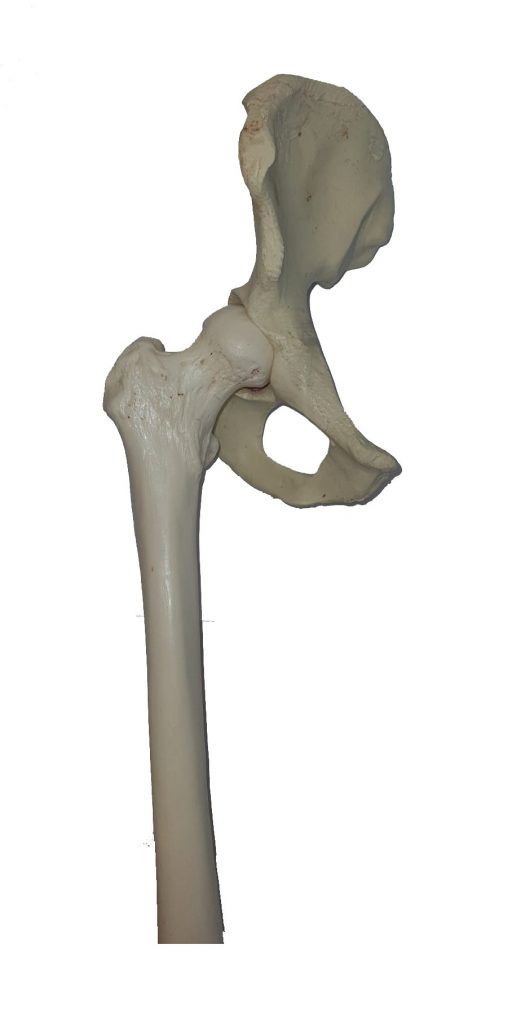
Normal Hip Joint
- Pelvis & Proximal Femur
- Fine bony anatomical details
- No soft tissues
Composite model
- Cortical and cancellous layers
- Medullary canal on femoral side
- Biomechanically close to normal bone
Femoroacetabular Impingement
- Pelvis & Proximal Femur
- CAM type impingement
- Fine bony anatomical details
- No soft tissues
Composite model
- Cortical and cancellous layers
- Medullary canal on femoral side
- Biomechanically close to normal bone

Hip Arthritis
- Pelvis & Proximal Femur
- Deformed femoral head
- Deformed acetabular socket
- No soft tissues
Composite model
- Cortical and cancellous layers
- Medullary canal on femoral side
- Biomechanically close to normal bone

Knee Joint
- No pathologies
- Fine anatomical details
Composite model
- Cortical and cancellous layers
- Medullary canal exist
- Biomechanically close to normal bone
Solid foam
- Solid structure without anatomical layers
- Medullary canal exist
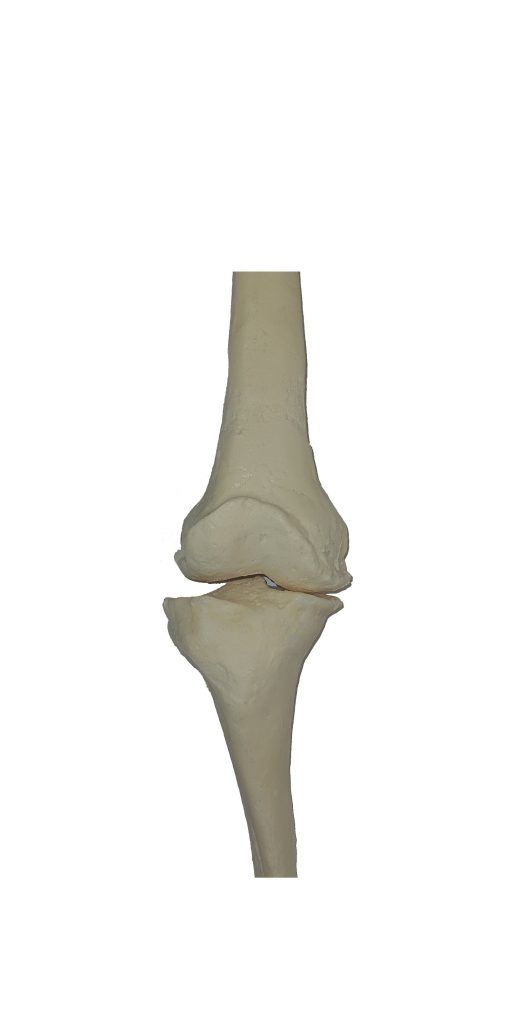
Knee Arthritis
- Knee arthritis with moderate varus deformity
- Fine anatomical details
Composite model
- Cortical and cancellous layers
- Medullary canal exist
- Biomechanically close to normal bone
Solid foam
- Solid structure without anatomical layers
- Medullary canal exist
Upper Extremity
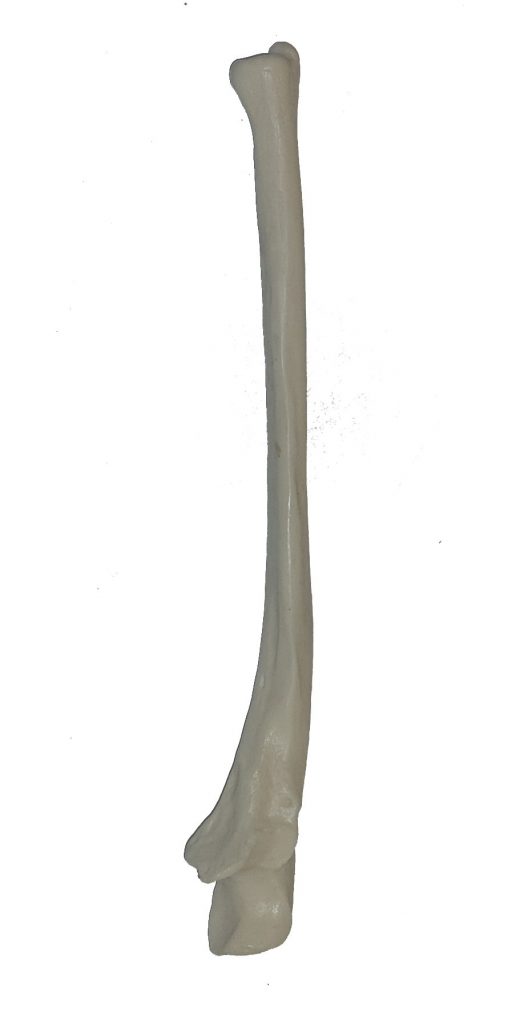
Ulna
- No pathologies
- Fine anatomical details
Composite model
- Cortical and cancellous layers
- Medullary canal exist
- Biomechanically close to normal bone
Solid foam
- Solid structure without anatomical layers
- Medullary canal exist
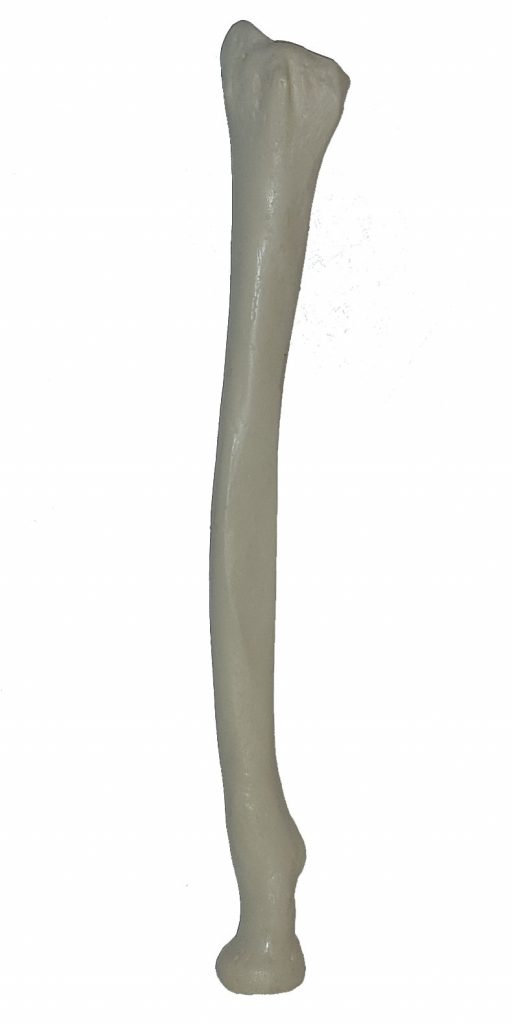
Radius
- No pathologies
- Fine anatomical details
Composite model
- Cortical and cancellous layers
- Medullary canal exist
- Biomechanically close to normal bone
Solid foam
- Solid structure without anatomical layers
- Medullary canal exist
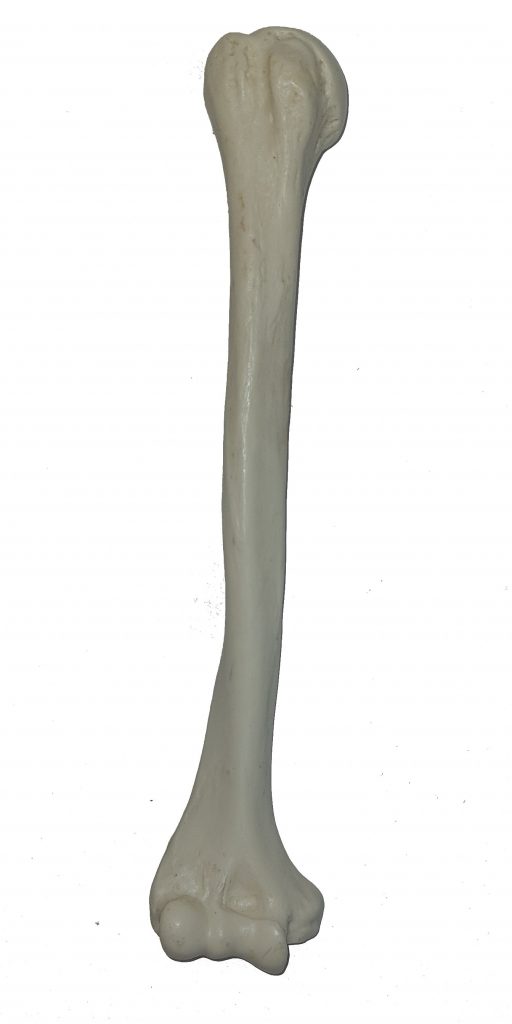
Humerus
- No pathologies
- Fine anatomical details
Composite model
- Cortical and cancellous layers
- Medullary canal exist
- Biomechanically close to normal bone
Solid foam
- Solid structure without anatomical layers
- Medullary canal exist
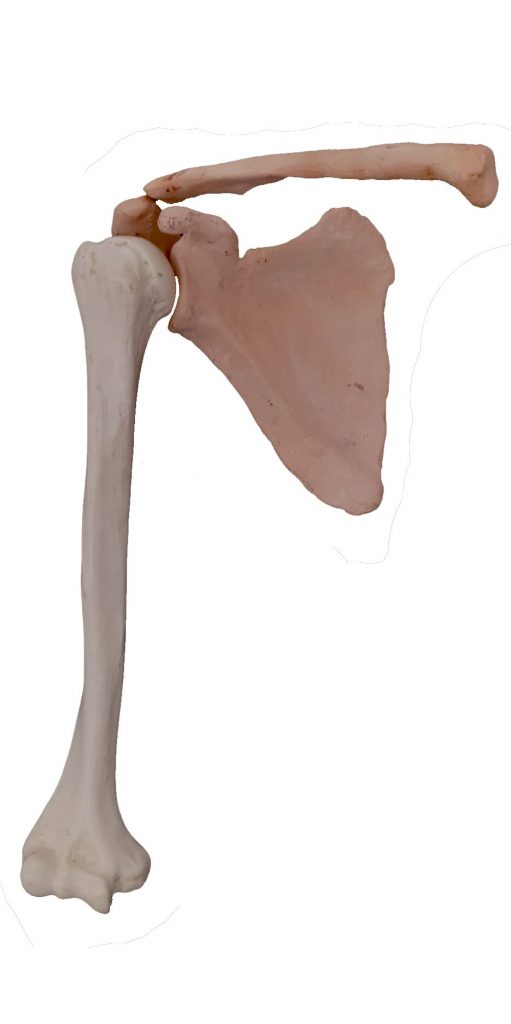
Shoulder Joint
- Humerus, scapula, clavicle
- No pathologies
- Fine anatomical details
- No soft tissues
Composite model
- Biomechanically close to normal bone
Solid foam
- Solid structure without anatomical layers
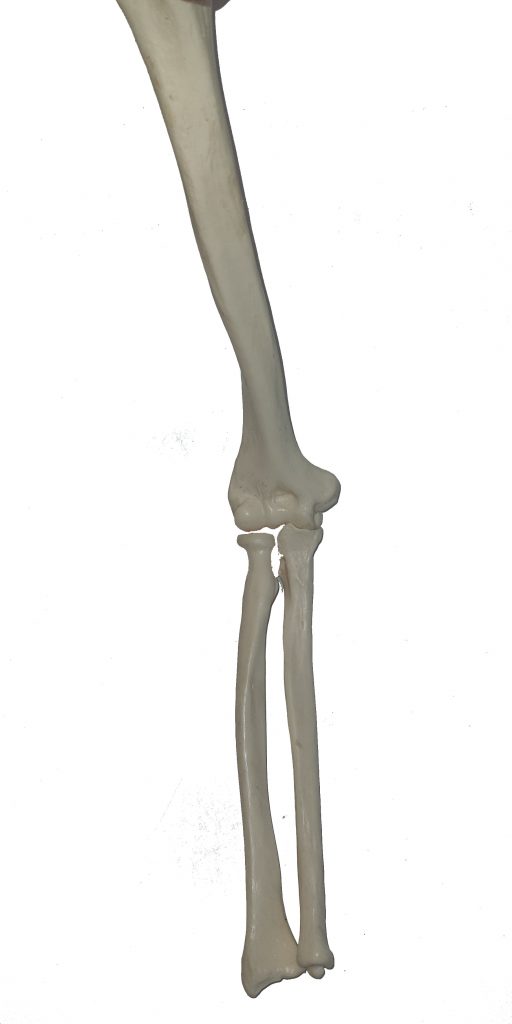
Elbow Joint
- Humerus, ulna, radius
- No pathologies
- Fine anatomical details
- No soft tissues
Composite model
- Biomechanically close to normal bone
Solid foam
- Solid structure without anatomical layers
